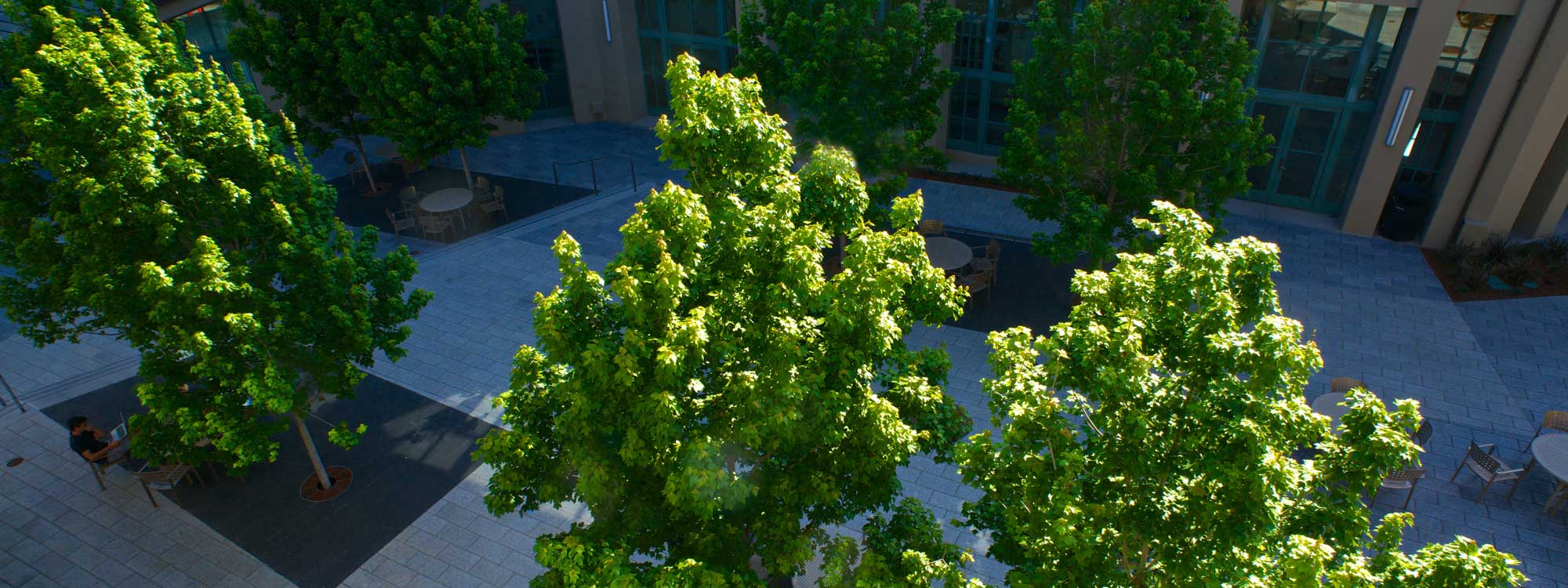Ecosystem services are the best friend you never knew you had.
It’s a lot of work for trees to keep our air clean, for streams to keep our drinking water running clear, and for soil to continue to grow fresh food. While you may think these natural services are relegated to beyond where the sidewalk ends, it has become increasingly important to blend these natural benefits into our aging concrete environment.
As The Nature Conservancy scientist Rob McDonald notes in his book Conservation in Cities: “Ecologists, urban planners, economists, and landscape architects are increasingly asked to consider the role that natural infrastructure—the natural habitat or constructed natural spaces that supply critical benefits to urban residents—can play in meeting these challenges.” This is the idea behind urban greening.
Urban Greening in the Bay Area
Bay Area cities are catching up with this emerging science that shows restoration and enhancement of natural systems within our city limits can actually reduce the cost of our grey infrastructure. The recently updated and expanded Priority Conservation Area (PCA) program shows that this forward thinking has already been launched into action.
One-third of the newly adopted Priority Conservation Areas—natural and agricultural lands that should be protected—are urban greening efforts. Throughout the update process, Greenbelt Alliance provided cities and counties with extensive natural value analysis (which you can find here) to ensure that the new PCAs are informed by science. Now, we need to make sure the program has the funding it needs:
Urban Greening at the Local Level
In San Jose, the City has begun the process of planning for 70 urban villages over the next generation. The San Francisco Estuary Partnership and San Francisco Estuary Institute have been collaborating with the City to improve San Jose’s green infrastructure through the urban village plans. For example, identifying and taking advantage of stormwater garden opportunities will recharge groundwater supply and reduce stormwater run-off, which in turn reduces the cost of processing stormwater run-off. Be an advocate for urban greening in your own neighborhood (we’ve got the toolkit to get you started).
Conservation is no longer just about protecting the open spaces outside of our cities and towns; it’s also about protecting the natural resources within our cities and towns. And Greenbelt Alliance will continue to be a resource for planners, advocates, citizens, and decision-makers alike as we collectively figure out how to make the Bay Area a better place to live.
Photo: DeepRoot via Flickr




